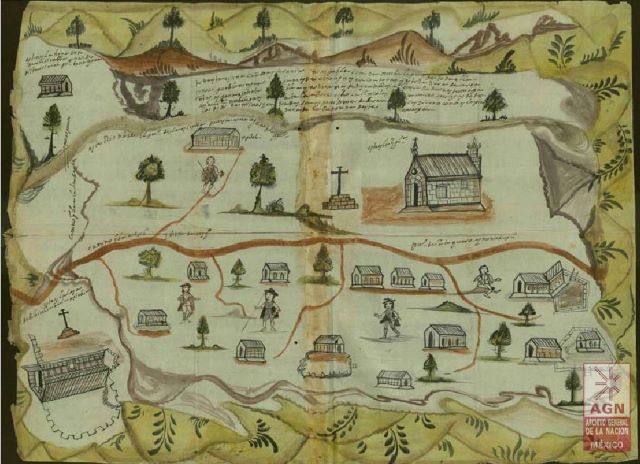Sugar, Spice, and Everything Nice: The Sweet Tale of a Sugar Mill in Ytucuaro, Michoacán
Discover the fascinating history of sugar production in New Spain, as seen through the lens of Bernardino de Arriola's sugar mill in the town of Ytucuaro, Michoacán. Find out what the Spanish conquistadors did to make money and how sugar production affected the area.





